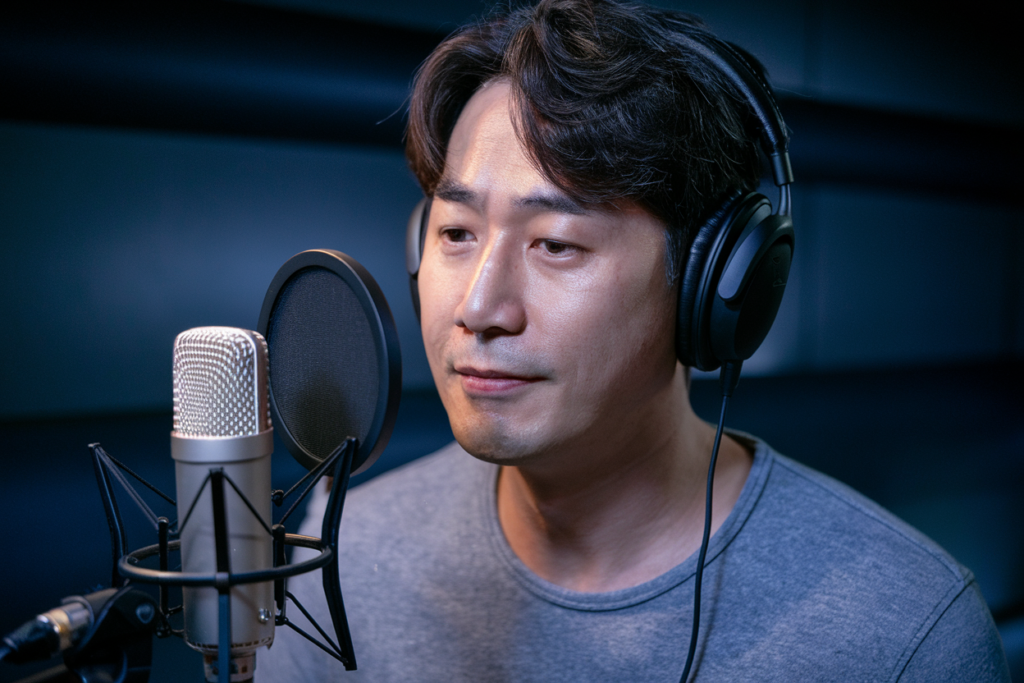Key Takeaways
- Korean is spoken by approximately 80 million people worldwide, with the highest concentrations in South Korea (over 51 million) and North Korea (around 25 million).
- Significant Korean-speaking communities exist outside of Korea, particularly in China (2 million speakers), the United States (1.1 million), and Japan (600,000).
- The unique script Hangul enhances accessibility for learners, making it easier to read and write compared to other East Asian languages.
- There is a growing global interest in learning Korean, driven largely by K-pop culture and Korean dramas, leading to increased enrollment in language programs.
- The demographic of Korean speakers includes diverse age groups and genders, with younger generations showing heightened engagement due to cultural influences.
- Educational initiatives within diaspora populations help maintain fluency while fostering connections back to their cultural roots.
Ever wondered just how many people speak Korean around the world? With its unique script and rich cultural heritage, the Korean language is more than just a means of communication—it’s a gateway to understanding a vibrant society.
Overview of Korean Language Speakers
Korean is spoken by approximately 80 million people worldwide. This number reflects its status as the official language in both South Korea and North Korea, where it serves as a unifying force for their respective populations. In addition to these countries, significant Korean-speaking communities exist in China, the United States, Japan, and various other nations.
In South Korea alone, over 51 million individuals communicate fluently in Korean. The language’s importance extends beyond borders; around 2 million people of Korean descent reside in China, primarily speaking Korean due to cultural ties. Meanwhile, the U.S. hosts an estimated 1.1 million native speakers.
The growth of interest in learning Korean has surged globally. Many find themselves drawn to the language through K-pop culture or Korean dramas. As a result, educational institutions offer increasing opportunities for non-native speakers to learn Korean.
Korean’s unique script called Hangul contributes to its accessibility for learners. Developed during the 15th century, Hangul consists of phonetic symbols that simplify reading and writing compared to other East Asian languages.
Overall, understanding the demographics and distribution of Korean speakers enriches your knowledge about this vibrant language and its global significance.
Global Distribution of Korean Language Speakers
Korean is a vibrant and widely spoken language with significant global presence. Understanding its distribution reveals the cultural ties and communities that keep this language alive.
Korean Speakers in South Korea
South Korea boasts over 51 million fluent Korean speakers, making it the largest concentration of native speakers worldwide. The language serves as a vital part of daily life, education, and media. Hangul, the script used for writing Korean, plays an essential role in literacy and communication within the country.
Korean Speakers in North Korea
North Korea also has a substantial population of around 25 million Korean speakers. While sharing linguistic roots with South Korea, differences exist due to political isolation and varying educational systems. Dialects may differ slightly, but both countries maintain mutual intelligibility.
Korean Diaspora Around the World
Korean-speaking communities thrive globally due to migration patterns and cultural exchange. Significant populations reside in China, where about 2 million people speak Korean primarily in regions like Yanbian. In the United States, approximately 1.1 million people identify as Korean speakers, with Los Angeles housing one of the largest concentrations outside Korea. Japan also hosts around 600,000 Koreans who maintain their linguistic heritage through community engagement.
These statistics highlight not just numbers but connections between cultures and individuals across borders.
Demographics of Korean Language Speakers
Korean is spoken by around 80 million people globally, reflecting a rich tapestry of demographics. Understanding these statistics reveals the depth and breadth of this vibrant language.
Age and Gender Distribution
Korean speakers encompass various age groups and genders. In South Korea, over 51 million fluent speakers include a balanced representation across genders, with females often engaging more in educational settings. The youth demographic shows increasing interest in learning Korean due to cultural influences like K-pop and dramas. For instance, students aged 10-29 constitute a significant portion of new learners both domestically and internationally. This trend highlights how younger generations are embracing the language as a means to connect with popular culture.
Educational Background of Korean Speakers
Educational backgrounds among Korean speakers vary widely. In South Korea, education is highly valued, leading to nearly universal literacy in Hangul, the writing system developed in the 15th century for ease of learning. Many Koreans pursue higher education where proficiency in English often complements their knowledge of Korean. Outside South Korea, communities maintain their linguistic ties through cultural schools or programs that teach both language and heritage. These initiatives help sustain fluency among diaspora populations while fostering connections back to Korea.
Understanding these demographics provides insight into not just who speaks Korean but also why there’s sustained interest across different age groups and educational levels.
Trends in Korean Language Learning
Korean language learning is witnessing a significant surge worldwide. More people engage with the language, influenced by various cultural phenomena and educational initiatives.
Increase in Learners Globally
The number of individuals studying Korean has grown remarkably. In 2021, over 1.7 million students enrolled in Korean language programs globally, reflecting a steady increase since 2010. Institutions across countries like the United States, Australia, and Canada have expanded their offerings to meet this demand. Online platforms also contribute to this rise, providing accessible resources for self-learners.
Popularity of Korean Culture and Its Impact
Korean culture significantly influences interest in the language. The global phenomenon of K-pop has attracted millions of fans who seek to understand lyrics and connect with artists on a deeper level. Similarly, popular television dramas draw viewers into narratives that often spark curiosity about daily life in Korea and its societal nuances. This cultural engagement motivates learners to start their journey with the language, promoting not just linguistic skills but also an appreciation for Korean traditions and values.
These trends illustrate how interconnected global interests shape language learning dynamics today, particularly for those eager to explore the richness of the Korean language and culture.
Conclusion
Korean language statistics reveal a vibrant and growing community of speakers around the world. With about 80 million people speaking Korean, its cultural significance continues to rise, driven by global interest in K-pop and Korean dramas.
As you explore the dynamic landscape of Korean language learning, you’ll find numerous resources available for both casual learners and those seeking fluency. The increasing enrollment in Korean programs highlights your potential to connect with this rich culture while expanding your linguistic skills.
Embracing the nuances of Korean can open doors to deeper understanding and appreciation of Korea’s heritage. Whether you’re a beginner or looking to enhance your proficiency, engaging with the language offers an enriching experience that goes beyond mere communication.
Frequently Asked Questions
How many people speak Korean worldwide?
Korean is spoken by approximately 80 million people globally, with over 51 million fluent speakers in South Korea alone. Significant communities also exist in North Korea, China, the United States, Japan, and other countries.
What is Hangul?
Hangul is the unique script of the Korean language, developed in the 15th century. It is known for its phonetic simplicity, making it accessible for learners and essential for reading and writing in Korean.
Why learn Korean?
Learning Korean opens doors to understanding a rich culture influenced by K-pop and dramas. With rising interest in these cultural elements, more educational opportunities have emerged for non-native speakers.
What age group shows the most interest in learning Korean?
The youth aged 10-29 represent a significant portion of those interested in learning Korean. This trend is largely driven by cultural influences from K-pop and television dramas.
How does education impact Korean literacy?
In South Korea, nearly universal literacy exists due to high value placed on education. Many Koreans pursue higher education while often complementing their proficiency with English skills as well.
Where are major populations of Korean speakers located outside Korea?
Significant populations of Koreans can be found in China (approximately 2 million), the United States (about 1.1 million), and Japan (around 600,000). These communities help sustain linguistic ties through cultural connections.
How has global interest in learning Korean changed recently?
There has been a noticeable surge in global interest since 2010, with over 1.7 million students enrolled in programs as of 2021. Institutions worldwide have expanded their offerings to meet this growing demand.
What role does online learning play in studying Korean?
Online platforms provide accessible resources for self-learners eager to study the language at their own pace. They complement traditional educational institutions that are expanding due to increased interest from learners globally.







